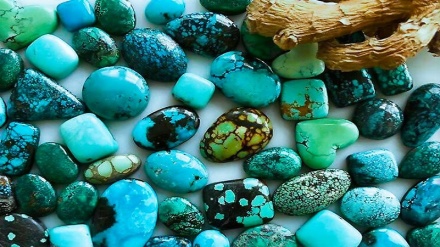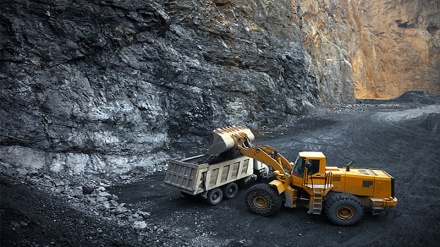Iranian Market (14)
In this episode of the Iranian Market, we’re going to discuss Dairy industry in the Islamic Republic of Iran.
Protein is one of the essential nutrients in human diet.
Food and Agriculture Organization, FAO, suggests that it is better to supply 50 percent of protein need from animal protein rather than vegetable one. Animal protein sources, such as meat, fish, poultry, eggs and dairy, are similar to the protein found in human body. These are considered to be complete sources of protein because they contain all of the essential amino acids that human body needs to function effectively.
As we said milk and its products are important sources of animal protein which are included in families’ food baskets.
According to statistics, 85 percent of calcium in people’s diet in rich countries is provided by dairy take.
Regarding the factors like the world population, life standards, and diet, milk and its products the need to dairy foods is felt more than ever. Therefore, according to the figures of FAO, milk production in different countries in the last three decades has increased to the record high of 50 percent.
Also according to a FAO report in 2011, the annual amount of milk consumption in Australia, Argentina, European countries, Kyrgyzstan, and Pakistan was more than 150 kilograms and in most of West Asia, North and South Africa and the Caribbean region this figure was between 30 to 150 kilograms.
In South Asia, Central Africa and most of southeastern Asia this figure decreased to 30 kilograms.
The importance of using milk and its products in today's world has forced state officials to draw policies to support milk producers so that the production rate would increase and the price of such products would be controlled and therefore more people could enjoy using dairy products.
One of the other mechanisms governments stick to is distributing milk among school students which is also implemented in the Islamic Republic of Iran.
Distribution of milk in schools will be effective in standardizing and promoting the habit of drinking milk in the society.
According to figures, the amount of milk production in Iran is more than its consumption. In 2016, more than nine million and 650 thousand tons of milk was produced in Iran and it is expected that this figure reach to about ten million tons this year.
While Iran’s three most important dairy export markets are Russia, Iraq and Afghanistan, the products are also exported to Pakistan, Turkmenistan, Tajikistan, UAE, Qatar, Malaysia, Thailand, UK, Canada, Austria, Lebanon, Syria, Georgia and Azerbaijan.
There are hundreds of dairy factories active in the Islamic Republic. Iran’s top dairy brands include Pak, Pegah, Mihan, Haraaz, Kalleh, Ramak, Mimas, and Pakban.
Pegah is the largest producer of dairy products in West Asia. This factory has a vast range of dairy products including, milk, yogurt, cream, butter, cheese, doogh (Iranian drink made of yogurt), ice cream, Kashk (yogurt whey) and fruit juice.
Kalleh is another top Iranian dairy, food and drink company headquartered in the northern city of Amol. The company was founded by Solico Food Industries in 1991 as an industrial food company. In 2013 it had 26% of the Iranian cheese market. Besides Amol, it also has offices in Tehran, Iraq, United Arab Emirates, United States, Germany, Kuwait, Oman, UK and Russia.
Iranian dairy companies' productions mostly include milk, butter, cheese, yogurt, doogh, and Kashk.
Doogh refers to a drinking product that is produced from the dilution of yogurt after a strong agitation with water.
Doogh, as an Iranian popular dairy drink, with an increasing annual consumption is known as the traditional national drink in Iran.
The popularity of this product arises from its especial health benefits on human body.
Another popular and traditional fermented Iranian dairy product is Kashk. Kashk is a whitish thick liquid like whey or similar to sour cream, used in traditional Persian cuisine.
This product is available as a dried or liquid form.
Dried product needs to be soaked before it can be used in cooking.
Traditionally Kashk was produced from the leftovers of cheese-making. The procedure is, removing butter from milk; the remainder can be used as the base for Kashk.
The water is dried from this whitish liquid and what remains is Kashk which can be more dried. Also spices are added to it.
The shape of the product is conic or cubic balls and sold in sacks in bazaars in Iran. Kashk is one of the one of the main sources of protein.
AE/SS


